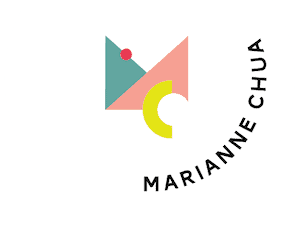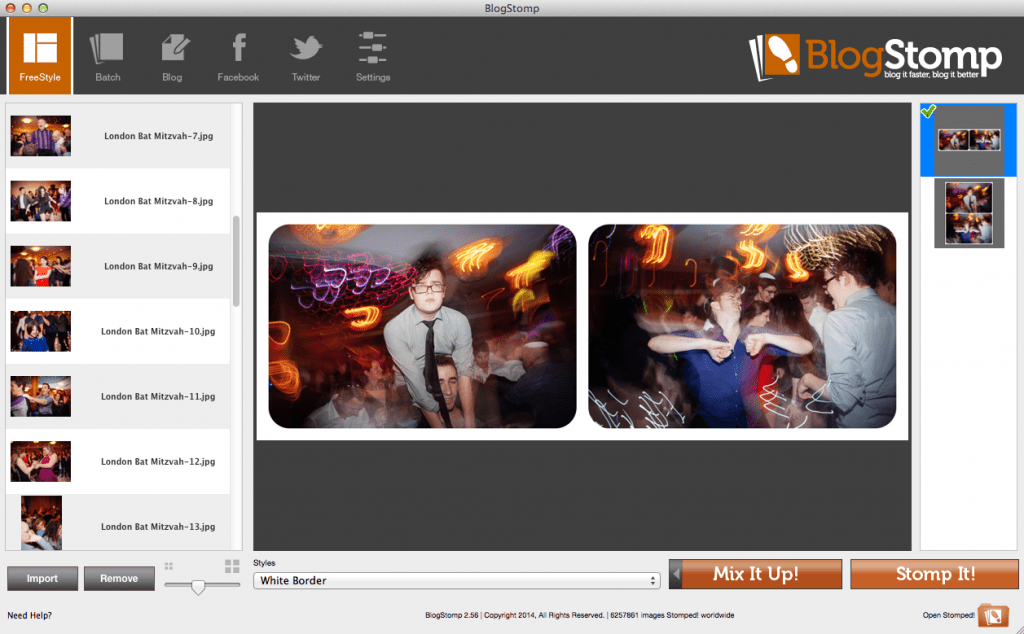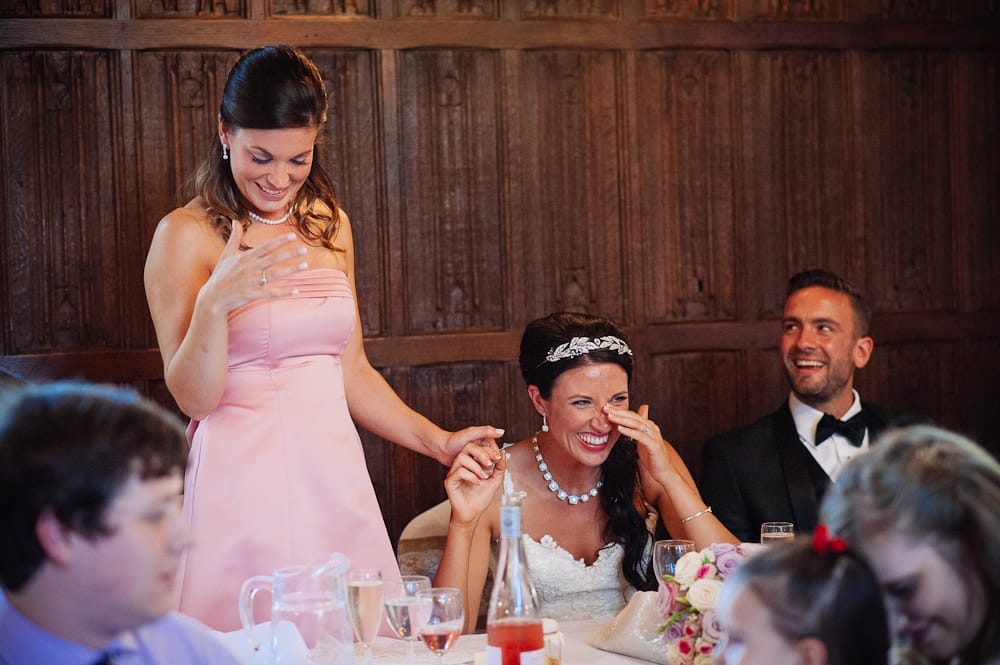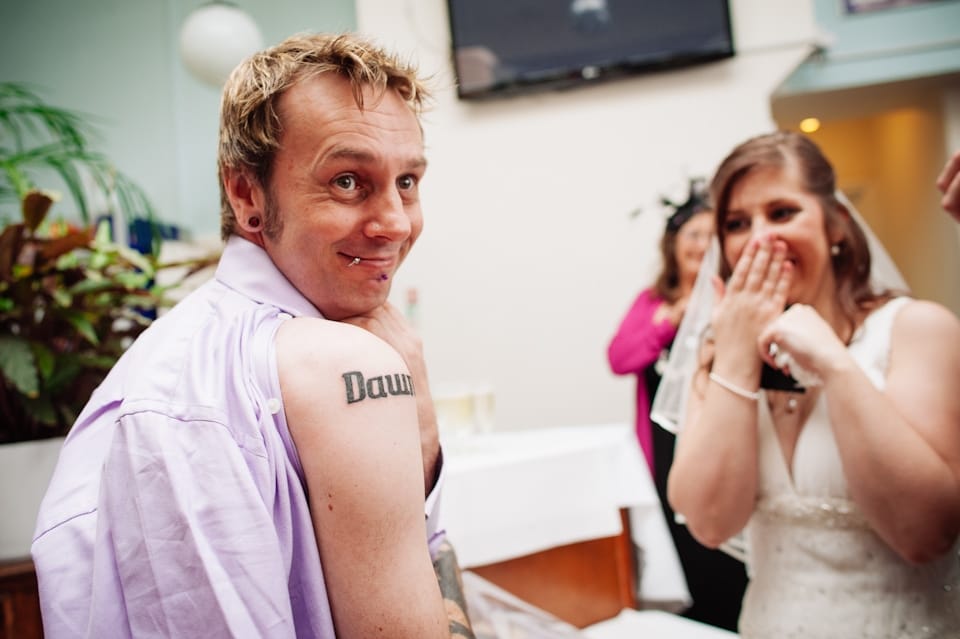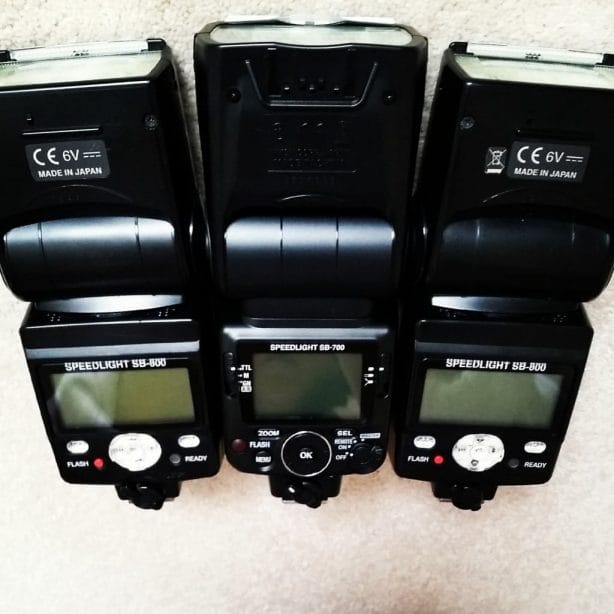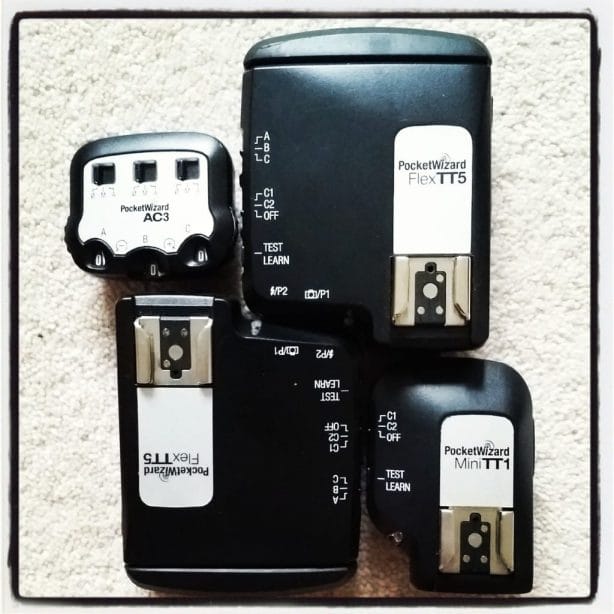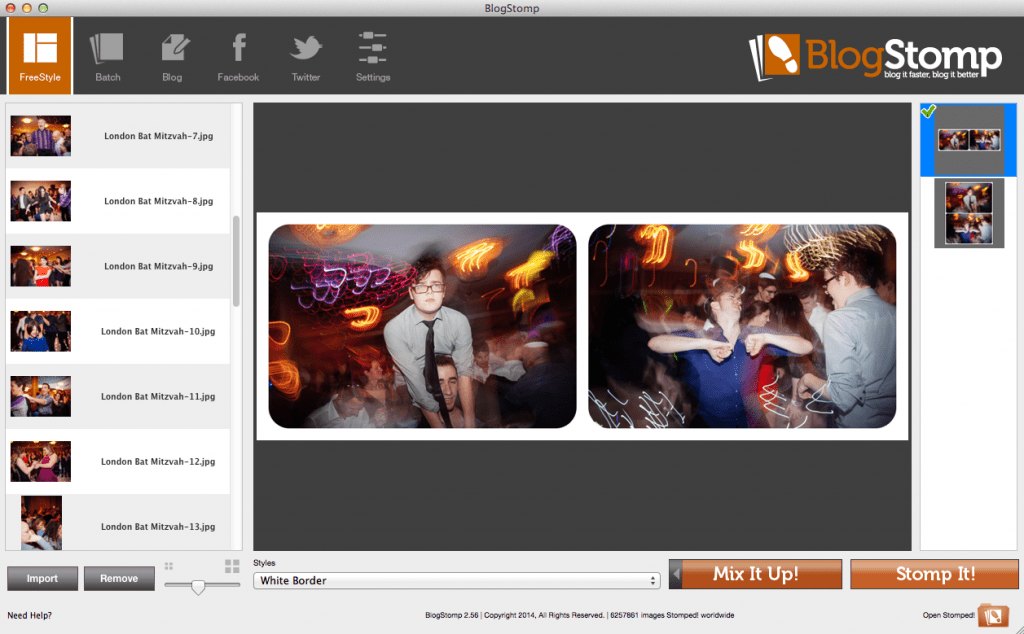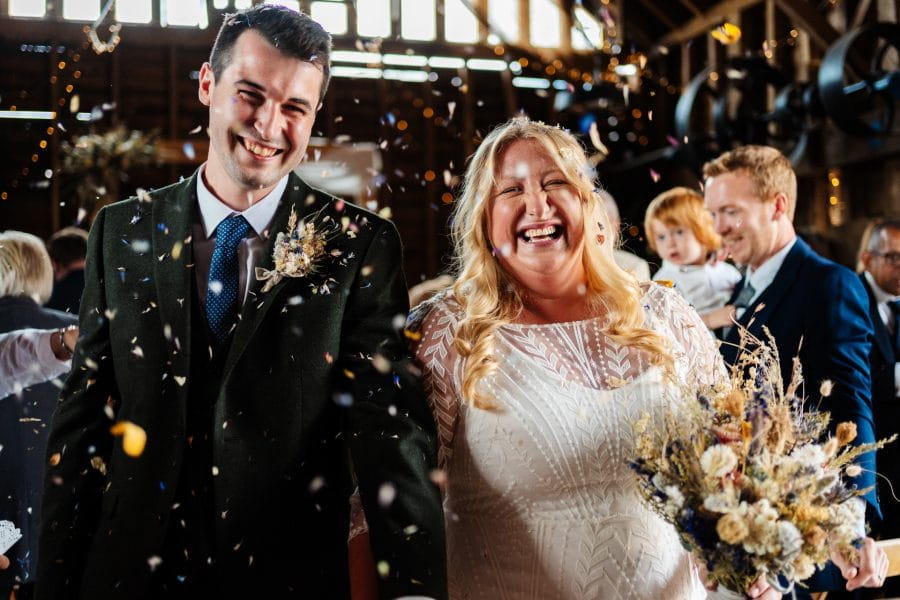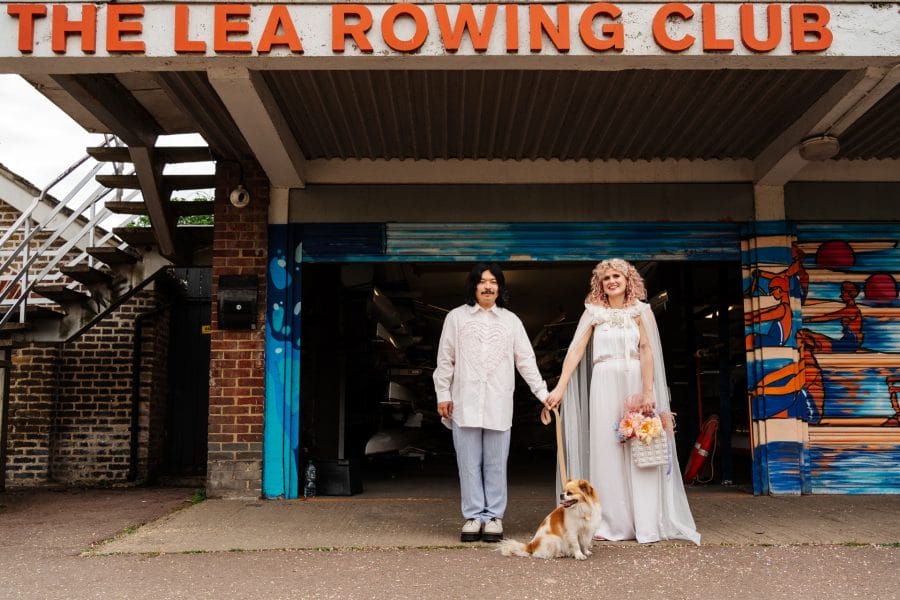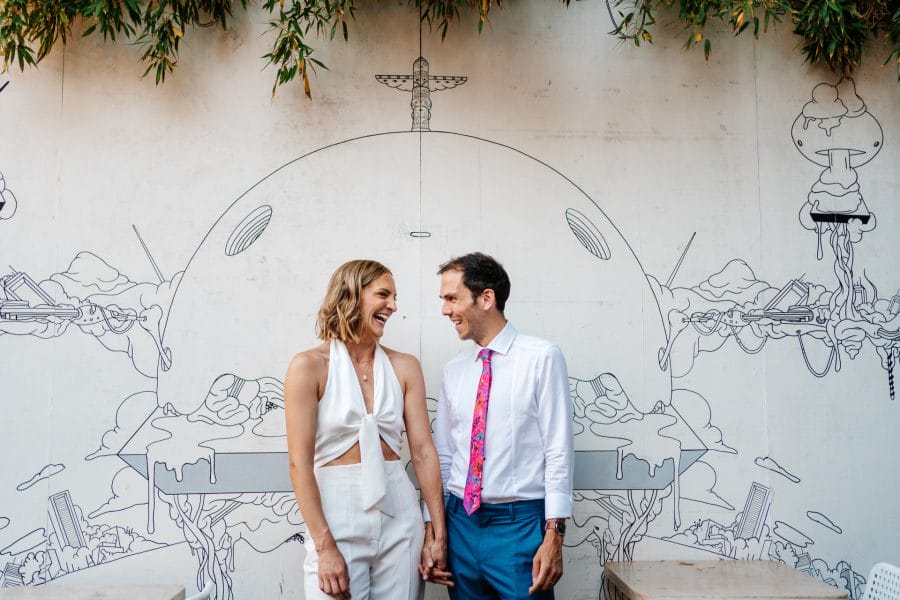So, you’re new to wedding photography and wondering where to start? Many people think that wedding photography is a simple and easy job, but there’s a lot of gear that is required to run a professional level business. Even if you’re an aspiring newbie starting out, I cannot stress enough how important it is that you always always always have a back up body, and a back up lens and flash gun. You owe it to your clients to be prepared for any bad eventuality and all it would take is one slip of the hand to drop and break a camera. Telling a client you cannot carry on shooting because you didn’t bring back ups is highly unprofessional! I actually started out in weddings with a big minus on my accounts and had to work quite a few weddings before breaking even. Often people say that you can expect to not make a profit in your first year for those kinds of reasons, but if you work hard and stick it out, you will slowly get that business off the ground! Here’s my rundown of the gear I use (click on the name for links) and why I carry each one.
Hardware
2x Nikon d700 camera bodies– These are both professional full frame cameras that perform better in low light conditions compared to crop bodies. I dual shoot with these, meaning that I carry and shoot with two cameras at the same time. You can no longer buy them first hand, but they are still amongst the most sought after Nikons for wedding photographers. Personally I would only consider switching them out for a d3s or a d4.
Nikon 35mm 1.4– This is my main lens and I love love love it! It’s the focal length commonly used by photojournalists and it’s ideal for story telling as it is wide enough to capture both the subject and the background context
Taken with the 35mm 1.4
Nikon 85mm 1.8g– I tend to use this lens for portraits and for taking candid shots of guests that require more discretion
Taken with the 85 1.8
Nikon 28mm 1.8– This lens doesn’t get used as much, the 35mm and 85mm are usually perma-glued to my two bodies, but when the space is tight or room unusually wide, such as a gastro-pub reception or a wide ceremony room, this lens is a real life saver. It’s also great for those dancing shots where you can get a sense of being right in the action
Taken with the 28 1.8
Nikon 50mm 1.8g– This is my back up lens. It never really gets used, but it’s the kind of ‘normal’ focal length that you can technically get away with shooting a whole wedding on.
Nikon 70-200 2.8 VR– I don’t always carry this lens, simply because it’s a huge beast. It’s my lens specifically for bigger venues and vast churches when I know I might be restricted to the back during the ceremony.

2x Nikon SB800 speedlights and 1x Nikon SB700 speedlight– Flash is so important at a wedding. Be wary of anyone who says they never use flash at weddings, because realistically wedding photography requires the photographer to be flexible and able to adapt to a variety of lighting conditions, sometimes at short notice. It’s one of the main skills that differentiates wedding photographers from studio or portrait photographers, the latter two have much more control over the lighting and shooting space whilst wedding photographers only get that luxury during the formals and couple portraits. I recently added a new SB700 to my arsenal as a friend advised the switches option is a real treat compared to the button poking you do with an sb800. Can’t wait to try it out at the next wedding! I wanted a third speedlight partly because I dual shoot so I can always have an extra kicker or backlight without having to swap lots of flashes and triggers around. I managed to get the sb700 new from Amazon Warehouse for £180, it’s normally £239 but for a slightly scratched up cardboard you can save yourself a pretty penny!
From my instagram!
20x AA Eneloop recharegable batteries– Rechargeable batteries are much better for speedlights, there is some sort of science to it, something to do with the way a flash recharges I think, but either way you’ll save money in the long term investing in these. Eneloops are said to be the best, some people use the extra powerful (black) ones, but I’ve found the white ones to be good enough to do the trick. I have 5 sets of 4 and keep them labelled so they all keep the same charging patterns. Don’t bother with cheapo rechargeable batteries, it’s tempting but they won’t hold their charge as long so you’ll find yourself changing battery at THE most inconvenient moments!
Powerex Wizard One charger– To look after your rechargeable batteries properly, you ideally want a charger than can discharge them as well when needed. Also the individual charging stations allows you to charge them at different rates depending on how quickly you ned your batteries turned over.
Wireless OCF triggers– I use ‘Wansen’ versions of Pocket Wizards partly because they were highly recommended to me by someone who uses off camera flash all the time, and partly because they are a fraction of the price of PWs. You have to use them in manual, they don’t have TTL, but they do the trick and plenty of photographers I know use them!
From my Instagram!
Update: I’ve recently invested in Pocket Wizards, which are a more expensive but fancier ofc triggers. They cost silly money, but they have several cool functions that the cheaper triggers don’t have, such as the ability to use on camera flash at the same time as on cam (great for main light+ hairlight), and also they allow you to control the power for each of the flash groups so so easily with a wiggly dial on the back of the AC3! I haven’t had a chance to try them out at a wedding yet (got them today) but I really can’t wait to do so!!!
Instagram again (sorry it's faster than taking proper photos!)
Light stands and umbrella swivel clamp– For holding the off camera flash and shoot through brolly! Please note, light stands are completely different from tripods, they’re much lighter and with big flash modifiers like a softbox, or even on a windy day you’ll need a sandbag or some form of counter weight to hold them down. I usually use my bag or a person to grab hold of it. Yes, I have had light stands keel over on me before, if you value your flashes, be careful with the stands!
White shoot through brolly– A simple one from China works well, the bigger the brolly the softer the light, but you have to balance that out with the practicality of how much space you’ll have at a wedding (nobody wants a zepplin type thing at their reception!)
Fuji x100s– A mirrorless camera with a 35mm fixed lens, it has a silent shutter so I use it in churches where the whacking noise of a DSLR shutter is banned!
Hyperdrive portable storage– These are small boxy things that you can plug your memory cards straight into and upload. Basically it’s portable backing up on site. These are great for peace of mind- backing up before you’ve even left the venue, but more importantly if you regularly take second shooters, I cannot stress enough how useful these are. Instead of the usual take their cards-post it back or mega huge dropbox folder faff, you can just upload the second shooter’s cards at the end of the day. They go home with their cards and you already have the RAWs. Amazing!
Spider Pro Dual Holster– This is a silly looking belt that saves me from getting crippling back pains! It’s honestly brilliant, I couldn’t recommend it enough.

I carry all of that in a Billingham 335, which admittedly I bought partly for the styling and not for practicality. It is great for two bodies, all the lenses and on camera flash gear, but once you get into off camera flash and you’re bringing tripods and light stands etc. I find it all gets a bit too heavy, and I’m currently eyeing up a Large Calumet Roller bag. I’ve heard great things about it, but I am trying to think of a way to jazz it up first! (I’m a girl and I like pretty bags ok?!)
Software
Photobase– For client management I use Photobase, it’s a cheaper, simpler version of Light Blue. It lacks the syncing functions of Light Blue but it is great for keeping your bookings organised. It’s also useful for creating professional invoices and receipts, day schedules, tracking provisional bookings etc. It’s literally everything in one and it is made by a wedding photographer for wedding photographers.
Adobe Lightroom 5– I do most of my editing in LR, white balancing, colour corrections, cropping, colour enhancement, creative finish etc.
Adobe Photoshop CC– I use photoshop for more complicated editing. You can currently buy both LR and PS from Adobe CC for £8/month which is brilliant considering PS alone used to cost hundreds and hundreds!
Adobe Echosign– There are two contract signing programs that I could have chosen between, Echosign and Signature Sense. Signature Sense is a low fee pay per contract use- about 80p per contract, which is great, but it wouldn’t allow you to have custom fields. In other words, you’d need to have a stock contract for signing, and a separate booking form with all the wedding details. I like to have my bookings form and contract together, and I take extra details about the wedding nearer the time because usually, day schedules keep changing until the last minute. Echosign gives you up to 10 free per month and let’s you add custom text boxes for the couple to fill in. I find during peak seasons, 10 a month can be a slight squeeze, but it’s ideal for the quieter months when you’re taking a couple of bookings at a time.
Blogstomp– The best software for creating decent blog-friendly photo layouts! Simple interface, so easy to use and lots of customisation options!
